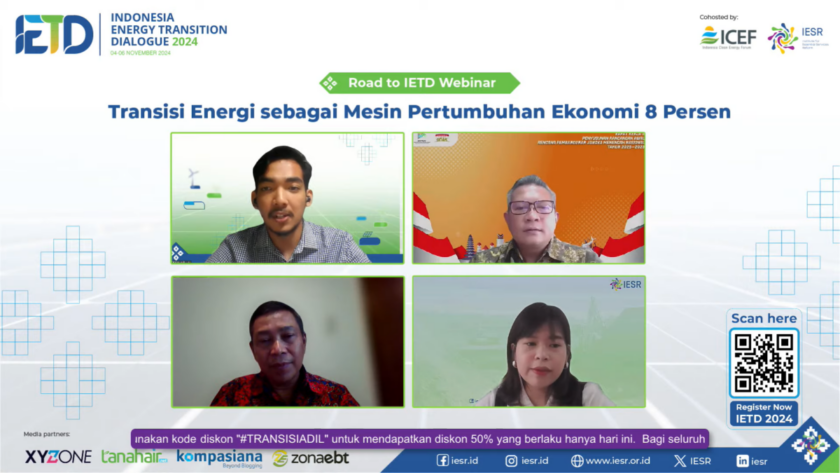Jakarta, October 10, 2024 - Indonesia will inaugurate new president Prabowo Subianto and vice president Gibran Rakabuming Raka on October 20, 2024. Prabowo's government has a vision contained in Astacita, one of which is to achieve economic growth of 8 percent. The Institute for Essential Services Reform (IESR) believes that one of the crucial strategies…


